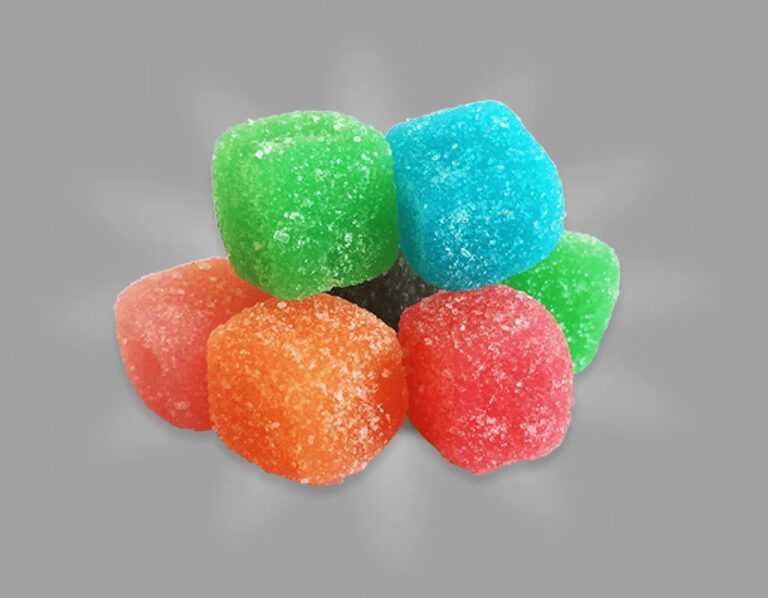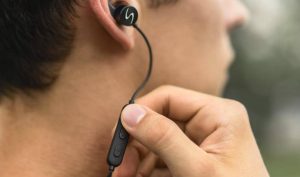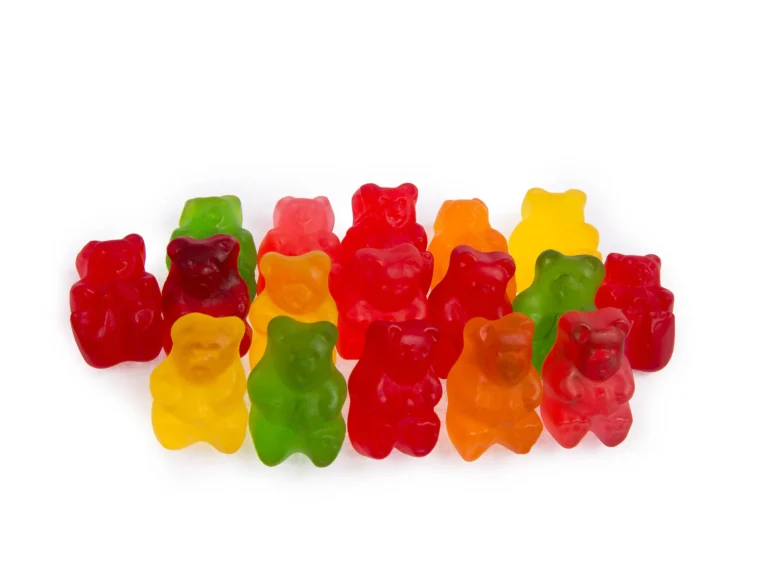Table tennis racquet rubber has a noticeable effect on game results and, most importantly, your development as a player, just like in most other sports.
When purchasing their first custom racket, most beginners will feel completely overpowered by the enormous variety of rubbers available. Heck, I find it difficult to stay current with all the various brands, types, and choices.
Some players even develop an obsession with equipment (EJs). To find the ideal setup, these players frequently switch out their playing equipment.
Because they switch up their rackets frequently and switch them back out once they get comfortable with them, these players frequently struggle to improve.
We advise keeping the same racket as long as possible. By properly cleaning them, you can extend the service life of your rubbers as much as possible. When you’re finished playing, you should also put your racket in a high-quality case to protect the rubbers.
As often as you play in a week, you should aim to replace your rubbers once a year. Thus, the majority of players ought to check their gear occasionally throughout the year.
We will go into great detail about how each type of rubber functions in this extensive guide, as well as how to select the ideal rubbers for you.
Inverted table tennis rubbers
Table tennis players typically use inverted (also known as smooth) rubbers. The “pips-in” structure of these rubbers is why they are known as inverted rubbers. When compared to rubbers with pips out, they are “inverted.”
The most adaptable rubbers are these. Every level and playing style can use an inverted rubber.
Inverted rubbers’ high grip is their main selling point. This means that inverted rubbers can give the ball a lot of spins.
table tennis rubbers with short pips
They resemble inverted rubbers that have been turned upside down. Short pimples’ main advantage is that inverted rubbers have more grip, whereas short pimples don’t.
You might be wondering why it’s advantageous to have less grip. These rubbers are less capable of producing spin than inverted rubbers, but they can also absorb spin much more slowly.
This makes dealing with any incoming spin much simpler. The spin your opponent gives the ball has a much smaller impact on the rubber. You can almost effortlessly block spinny shots by simply hitting through it.
Table tennis rubbers with long pips
The long pip works the same as the wall. Because of the bending effect of the pimples, they reverse the ball’s spin and add some of their own.
The ball will return with a backspin if you strike it with topspin against long pips. Backspin will return as topspin if you hit it. Both sidespins use the same principle.
Who should therefore use long pips?
Defenders and push blockers are the two main player types who use long pips.
Defenders prefer long pips over inverted ones because they are simpler to chop with. Due to the nature of the LP, if the opponent topspins against long pips, the spin will automatically become a backspin.
table tennis rubbers with anti-spin
Inverted rubbers that have little to no grip are essentially antispin rubbers. As a result, they function very similarly to long pips.
The majority of antispin players keep a close eye on the ball and set up forehand attacks with their antispin.
Andrea Aschi is a superb illustration of this fashion. He attacks with his forehand while forcing errors and shaky returns with his anti. By using his antispin rubber to block the ball short and low over the net, he creates a lot of errors.
The majority of players should use inverted table tennis rubbers, but in some situations, short pips, long pips, and antispin are also very effective.
In conclusion, we suggest:
Controllable, moderately spinny inverted rubbers are best for all-around players and beginners without a clear sense of style. between 1.6 and 2.0 millimeters thick
Inverted rubbers that can be controlled to attack are best for beginners who want to adopt an offensive style. between 1.8 and 2.0 millimeters thick
Attacking inverted rubbers, but not too quickly to lose control, is advised for intermediate offensive players. the thickness of 2.0 mm or more.
Advanced offensive players: Individual preference is allowed, but the majority of players use quick, hard inverted rubbers. Maximum thickness is advised.








